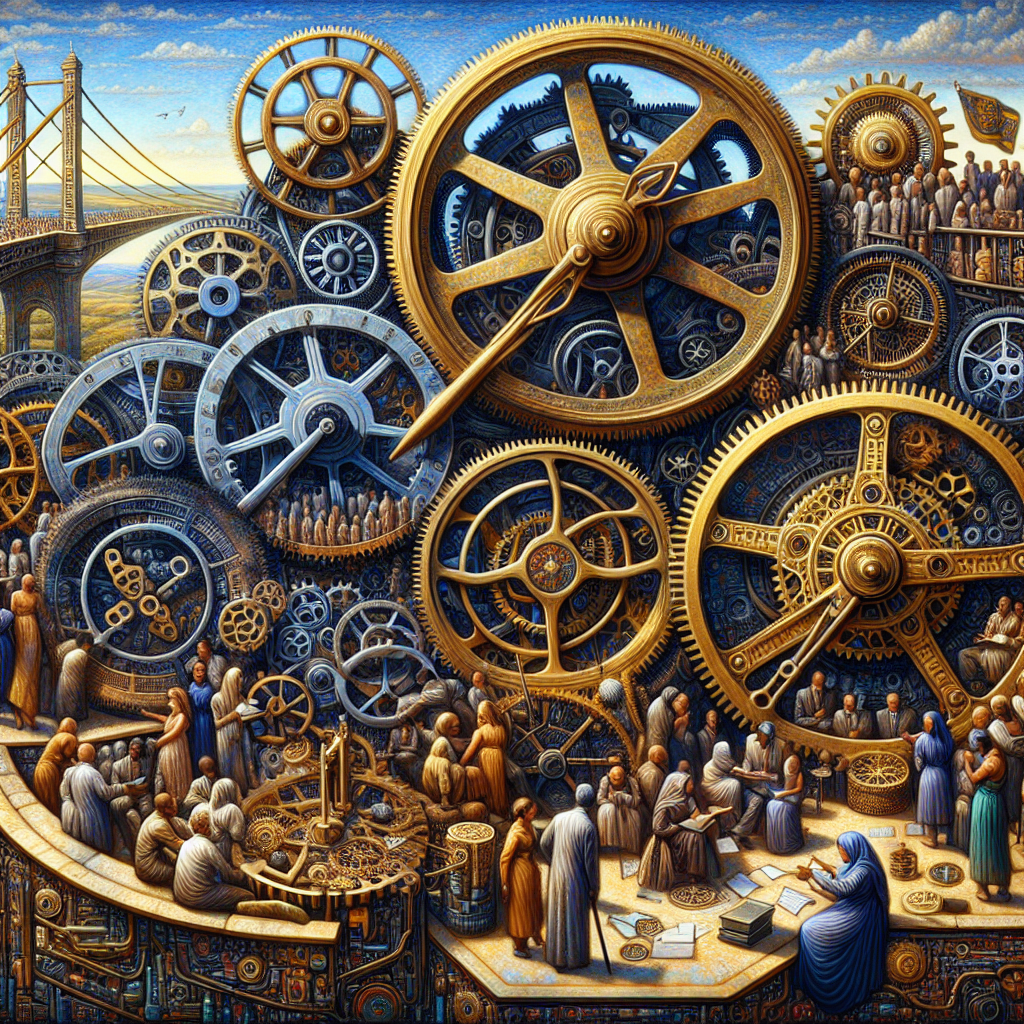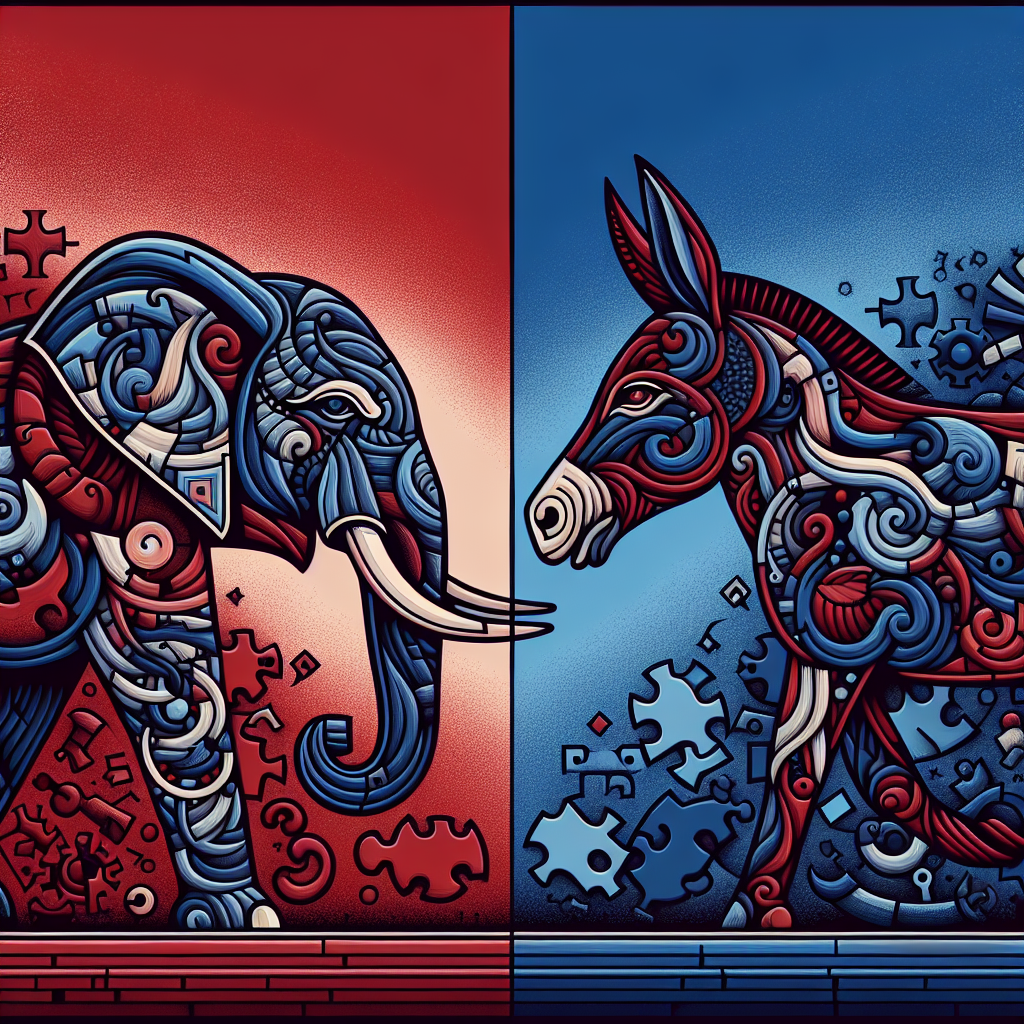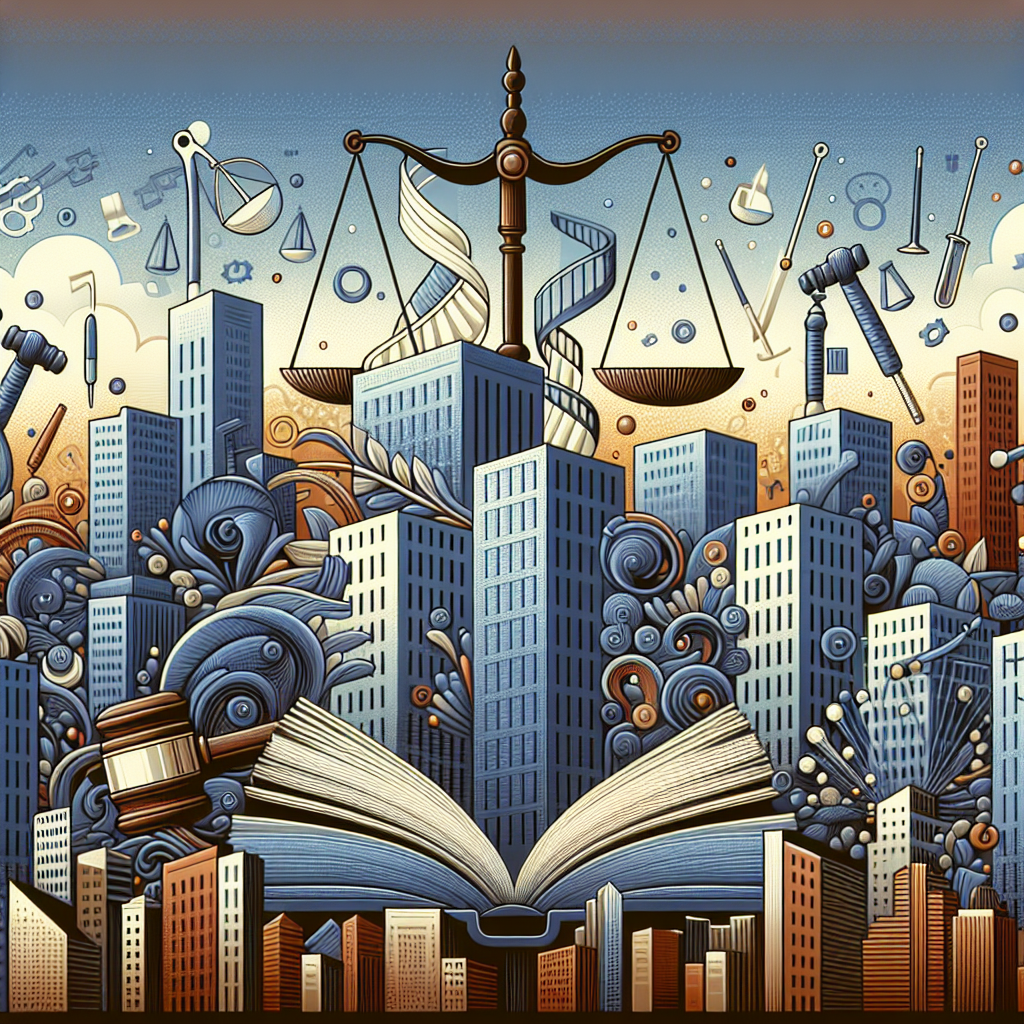How Laws Are Made: Understanding the Legislation Process
Have you ever wondered how the laws that govern our daily lives come into existence? The process of creating legislation is a fascinating journey through the corridors of power, involving various stages and numerous stakeholders. Whether you’re a civics enthusiast or just curious about how things work behind the scenes, understanding the legislative process can provide valuable insights into the functioning of our government. Let’s embark on this journey to demystify how laws are made.
The Genesis of a Bill
Every law starts with an idea. These ideas can originate from a variety of sources, including lawmakers, citizens, interest groups, or even events that highlight the need for a new law. Once an idea is deemed worthy of consideration, it is transformed into a draft known as a bill. This draft outlines the proposed law’s intent, stipulations, and anticipated impact.

It’s fascinating to think that some of the laws that significantly impact our lives began as simple ideas or responses to societal needs. For instance, civil rights legislation emerged from a necessity to address systemic inequalities and injustices.
Introducing the Bill
Once a bill is drafted, it needs a sponsor—a member of the legislature who will advocate for it. In the U.S., this could be a Senator or a Representative, depending on where the bill is introduced. The sponsor formally introduces the bill to their respective legislative chamber, either the House of Representatives or the Senate.

Introducing a bill is an essential step as it marks the beginning of the bill’s official journey through the legislative process. This stage can also involve co-sponsors, who lend their support to the bill, indicating broader backing and increasing its chances of advancing.
The Committee Stage
Once introduced, the bill is assigned to a relevant committee that specializes in the bill’s subject matter. The committee stage is crucial as it involves detailed examination and debate. This is where the bill is scrutinized, and experts may be called upon to provide testimony or evidence.
Committees can make amendments to the bill, reject it, or approve it. If the bill is approved, it moves out of the committee to be considered by the entire legislative chamber. However, many bills face significant challenges at this stage and may never progress further.
Debating and Voting
After a committee approves a bill, it is scheduled for debate. Legislators discuss the merits and drawbacks of the proposed law, often engaging in rigorous debate. This stage allows for transparency and public insight, as debates are typically conducted openly.
Following the debate, the bill is put to a vote. If it passes by a majority, it moves to the other chamber of the legislature, where the process repeats. In bicameral systems like that of the United States, both the House and the Senate must approve a bill in identical form before it can proceed.
Reconciliation and Final Approval
If the second chamber makes changes to the bill, it returns to the first chamber for reconciliation. This stage, known as the conference committee, involves negotiating differences between the two versions. The aim is to produce a final, agreed-upon version of the bill.
Once both chambers have approved the reconciled bill, it is sent to the president (or the equivalent executive in other systems) for final approval. The executive can sign the bill into law, veto it, or, in some cases, take no action, leading to the bill becoming law by default after a specific period.
The Role of Public Opinion
Throughout the legislative process, public opinion plays a significant role. Lawmakers are often influenced by the views and needs of their constituents, and public advocacy can be a powerful force in shaping legislation. Engaging with the public through hearings and consultations can provide legislators with crucial feedback and help refine bills to better serve the public interest.
Conclusion
The process of how laws are made is complex, requiring collaboration, negotiation, and often, compromise. Each stage of the legislative process is designed to ensure that proposed laws are thoroughly considered and debated before becoming binding regulations. Understanding this process not only sheds light on how our governance systems operate but also empowers citizens to engage more actively in political discourse.
FAQs
What is the difference between a bill and a law?
A bill is a proposal for new legislation or an amendment to existing legislation. Once a bill is approved by both legislative chambers and signed by the executive, it becomes a law.
How long does it take for a bill to become a law?
The time it takes for a bill to become a law can vary significantly. It depends on factors such as the complexity of the bill, political support, and the legislative calendar. Some bills can pass quickly, while others may take years.
Can a bill become a law without the executive signing it?
Yes, in some systems, if the executive does not sign or veto a bill within a certain timeframe, the bill can become law without their signature. This is known as a “pocket pass.”
What happens if the executive vetoes a bill?
If the executive vetoes a bill, it can still become law if the legislature overrides the veto with a supermajority vote, typically two-thirds of both chambers in systems like the U.S.






Leave a Reply
You must be logged in to post a comment.